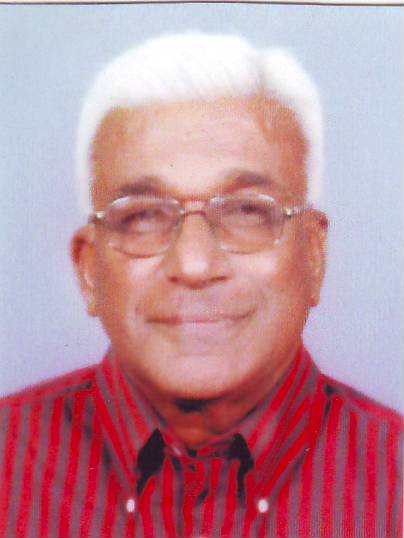 Documentary Film Making – how it developed.
Documentary Film Making – how it developed.
This week I want your kind attention on the subject of “Documentary Film Making”. There seems to be some confusion in knowing what is known as a documentary and “Short Film” Let’s listen to a well informed writer and critic, Susan Hayward. Tracing the evolution of Movies, she writes: “The first filmmakers to make what were in essence travelogues and called ‘documentaries’ were the Lumiere brothers in the 1890s. Thirty years later (1910) the British filmmaker and critic John Grierson reappropriated the word to apply to Robert Flaherty’s Moana (1926). Grierson was the founder of the 1930s documentary group in Britain and was one of the theorists influential in determining the nature of documentary.”
Yes, a documentary should inform, educate, and even propagate something it was felt. At the same time it should be creative enough not to rely on realistic pasteurization alone. Half a century ago the Lankan Government Film Unit produced a number of good such documentaries of short duration screened just before the showing of feature films. Some of our veteran filmmakers like Lester James Peiris, Tissa Abeysekera, Tissa Kariyawasam, Titus Thottawatte and others had a spell at the beginning of their film career as documentary film makers. I remember seeing a short documentary named Kamam was made in Thamil by the late Tissa Abeysekera.
However, the academic approach of Grierson to documentary film making was challenged by creative directors like Lindsay Anderson in Britain itself in the 1940s. The criticism was that documentary filmmaking for social propaganda took away the aesthetic value of documentary filmmaking. This was a valid point. Naturally, mere propaganda loses its purpose if it is not convincingly and artfully interpreted. Several decades ago not all people in the world were educated and literate. To educate them Grierson felt that straight propagandist education through documentaries could help. He improved his technique with some of his later documentaries like the Night Mail (1936) which I thoroughly enjoyed seeing in the 1970s in Colombo when the Colombo Film Society handled by the late Lloyd de Silva screened it at the Lionel Wendt. The British poet W H Auden scripted for the film (wrote verses) and his own poem on the subject is part of Modern English Literature. One could see the film downloaded from the Internet.
According to Susan Hayward, “an alternative voice in documentary work emerged a little later in the films of Humphrey Jennings. He was a poet and painter interested in Surrealism and Marxism, literature and science.”
If Grierson’s films were a kind of elitist presentation, Jennings focused on the ordinary people and mundane things in life. He is supposed to have made films on industrial workers, but I haven’t seen any of them so far. H In Hayward’s words “ Jennings’s intimate observation of the ordinary also had a poetic, surreal quality to it, shown in the way he framed his images of industrial Britain and juxtaposed images of the ordinary with those out of the ordinary.”
Then we have a fine documentary film Nanook of the North (1922) about Eskimo life made by Flaherty.
To be honest with you I didn’t know any details about documentaries produced in the then Soviet Union until I read Susan Hayword’s article. Let her speak: “In the Soviet Union during the 1920s Dziga Vertov recorded Soviet progress in his documentaries made for Kino –Pravda: Film truth. Interestingly, in his work we can trace the possible heritage of the two British tendencies mentioned above.”
“Vertov, like Grierson, saw documentary as an educative tool, but his style – an avant garde formalism, achieved by montage, to the point of deconstruction – showed an aesthetic preoccupation with the image that we find in Jennings’s work.”
“During the 1930s the Soviet filmmaker Medvedkin took the [possibilities of documentary on to a new stage; he shot, developed and projected filmed documentation on the spot to workers as h travelled along the Soviet Union by train –this work became known as cine-train.”
We get to know that some famous European film makers also first worked on documentary films before making such films. Such filmmakers include Alain Resnais, Georges Franju, Agnes Varda and Ken Russell.
In the 1960s two technological developments contributed to the furtherance of documentary films: television and the light weight camera.
In the 1970s protest films through the documentary style came to the forefront. They were against the Establishment. Feminist and Films by the Blacks took the centrstage.
In the 1980s video-technology was the fashion in conveying messages and it continues even in the 21st century.
Cable and Satellite technology provide the wherewithal for producing documentaries. Some of such productions may not be real or authentic but could be manipulated to suit the producer’s intention. Short Films are therefore not to be confused with Documentaries.
